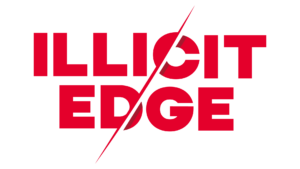IE Insights: Iran’s Nuclear Weapons Program: A Dangerous Evolution
June 2023
Since the 2015 Nuclear Deal (Joint Comprehensive Plan of Action or JCPOA), Iran’s nuclear weapons program has evolved in a number of ways that are concerning to the international community. These changes include:
—
-
Enriching uranium to higher levels. Iran has enriched uranium to up to 60% purity, which is well above the 3.67% limit set by the JCPOA. This is a significant increase and could be used to produce nuclear weapons.
-
Installing more advanced centrifuges. Iran has installed more advanced centrifuges, such as IR-6 centrifuges, which are more efficient than the centrifuges that were allowed under the JCPOA. This could allow Iran to enrich uranium more quickly.
-
Pursuing new nuclear technologies. Iran has been pursuing new nuclear technologies, such as laser enrichment, which could be used to enrich uranium more quickly and efficiently.
-
Expanding its nuclear facilities. Iran has expanded its nuclear facilities, including its uranium enrichment facilities at Natanz and Fordow. This could allow Iran to produce more nuclear material.
-
Refusing to cooperate with the International Atomic Energy Agency (IAEA). Iran has refused to cooperate with the IAEA, which is the international organization that is responsible for monitoring Iran’s nuclear program. This makes it more difficult for the IAEA to verify that Iran is not violating the JCPOA.
-
Producing more heavy water. Iran has produced more heavy water, which is a material that can be used to cool nuclear reactors. Heavy water can also be used to produce weapons-grade plutonium.
-
Refusing to dismantle its Fordow nuclear facility. Fordow is a uranium enrichment facility that was built underground to make it more difficult to target. Iran has refused to dismantle Fordow, even though it was required to do so under the JCPOA.
